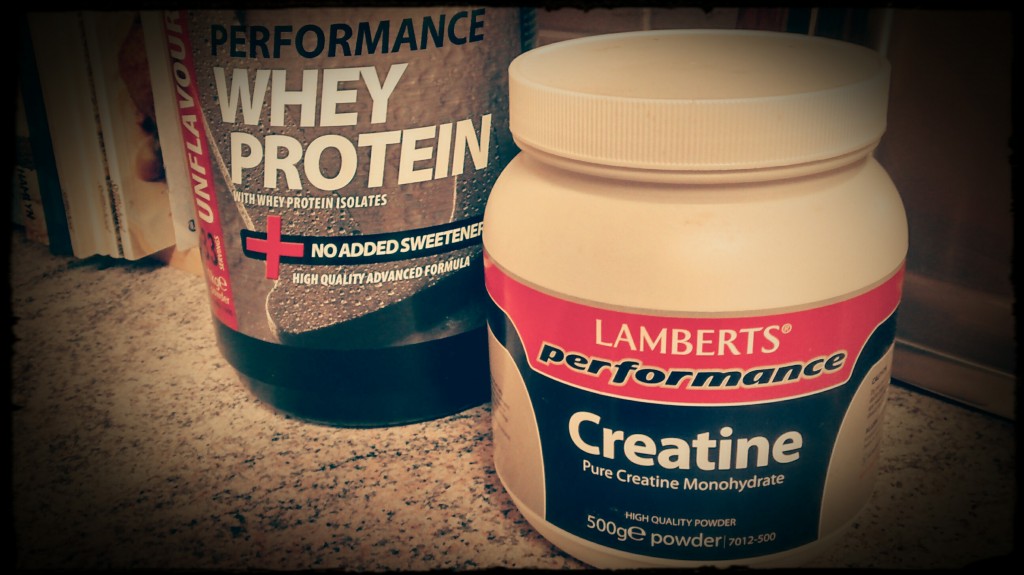
Postexercise energy expenditure is not increased following aerobic exercise. However, increases in postexercise energy metabolism occur for up to two hours following resistance training.
The energy balance equation suggests that body weight is determined by the amount of calories consumed and the amount of exercise performed. However, this equation does not represent the true picture because it does not account for the ability of the hypothalamus to regulate the thermic effect of food (TEF), the thermic effect of activity (TEA) or the resting metabolic rate (RMR) (here and here). Proponents of the ‘eat-too-much, do-too-little’ theory of weight gain claim that weight loss can be caused by a reduction in caloric intake combined with an increase in physical activity. This it is claimed, will cause a negative energy balance and lead to fat loss. Proponents also claim that exercise can stimulate postexercise energy expenditure leading to further weight loss. This thermic effect of activity is often claimed to cause weight loss in subjects, but evidence in the literature is not supportive of this viewpoint. Research shows that other than the cost of performing the physical activity, aerobic exercise has little effect on the postexercise energy expenditure.
For example, in a study published in the American Journal of Clinical Nutrition in 19851, the post exercise energy expenditure of 23 subjects was analysed. This was performed by measurements of VO2max, before and after exercise that was close to the anaerobic threshold. The VO2max was measured from 30 minutes to 4 hours postexercise. The results showed that there was no difference between the VO2max pre- or postexercise and no difference in VO2max between exercise and non-exercise days. The authors then analysed the results according to the fitness levels of the subjects but still no significant differences between the pre- and postexercise groups could be found. Even when the authors extended the exercise period and increased intensity, there was no significant difference in pre- and postexercise VO2max readings. The authors concluded that no appreciable caloric loss was generated other than by the exercise period itself, and that claims for increased postexercise energy expenditure from aerobic exercise are unwarranted.
These results are supported by other studies that show no increase in postexercise energy expenditure following exercise. Aerobic exercise does not cause increases in postexercise energy expenditure because it is primarily catabolic and results in a breakdown of muscle tissue. It is also known that prolonged and frequent aerobic style exercise leads to muscle atrophy over time and a reduction in resting metabolic rate. Aerobic exercise is therefore not beneficial at causing body composition improvements. In contrast, resistance training increases postexercise energy expenditure, with one study reporting a roughly 12 % increase in energy expenditure lasting 2 hours post exercise2, In addition, because resistance training leads to muscle hypertrophy this can cause increases in resting metabolic rate. One reason overweight people have higher resting metabolic rates is because they have more fat free mass, which means more skeletal muscle. Aerobic exercise in such individuals atrophies this muscle and is therefore detrimental.
